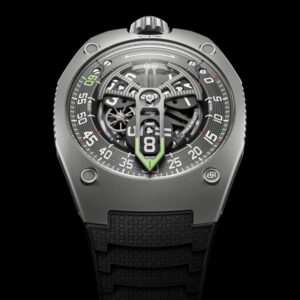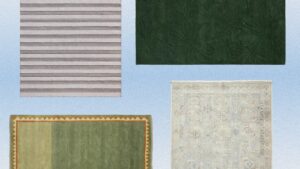In 2003, British Airways and Air France retired Concorde—history’s only successful supersonic airliner. More than two decades later, a civil aircraft has broken the sound barrier once again.
Dawn Aerospace, the developer of what it describes as a rocket-powered spaceplane, on Tuesday announced it flew its Mk-II Aurora demonstrator faster than the speed of sound during a test mission last week. The New Zealand-based manufacturer is gunning to be the first to fly an aircraft to the edge of space—about 62 miles above the Earth—twice in one day.
The Mk-II, which took off from the runway at New Zealand’s Glentanner Aerodrome (NZGT), reached Mach 1.1, beating Dawn’s target of Mach 1.05. The demonstrator also climbed from ground level to 20 kilometers (about 66,000 feet) in just under two minutes, breaking a record held by a modified Strike Eagle since the 1970s. It ultimately ascended to 82,500 feet—more than twice the cruising altitude of commercial airliners and high enough to see the curvature of the Earth.
“We have now confirmed the Aurora as the highest climb rate vehicle ever built,” said Stefan Powell, CEO of Dawn. “This milestone sets the stage for Aurora to become the world’s highest and fastest-flying aircraft and paves the way for the first operational hypersonic aircraft, redefining what’s possible in aviation.”
The Mk-II, which uses rocket propulsion to cruise above 100 kilometers (about 62 miles) at more than 2,600 mph, will lay the foundation for Dawn’s Mk-III: a two-stage orbital vehicle capable of carrying more than 1 ton of cargo on suborbital flights or deploying large satellites to orbit.
An aircraft certification will allow the model to take off from the runway rather than the launch pad. According to Dawn, customers could use it to conduct research in atmospheric or zero-gravity conditions, observe the Earth, and perform high-speed flight testing.
But as Powell mentioned, Dawn is now looking to get into the business of hypersonic flight, defined as travel faster than five times the speed of sound, or Mach 5.
Last week’s supersonic flight was conducted under the Dawn Hypersonics brand—a new business unit that Powell said is just a few months away from flying commercial payloads. The company shared little about the brand other than that it “will focus on advancing hypersonic flight, with a strong emphasis on international markets.”
It is unclear whether Dawn Hypersonics would transport cargo or people, as American competitor Boom Supersonic intends to do. The company hit Mach 0.82 during a test flight Saturday and expects to break the sound barrier within the next few months. The test campaign will guide Boom’s development of Overture, a supersonic airliner for 64 to 80 passengers.
Dawn Hypersonics did not immediately respond to FLYING’s request for comment.
Credit: flyingmag.com











